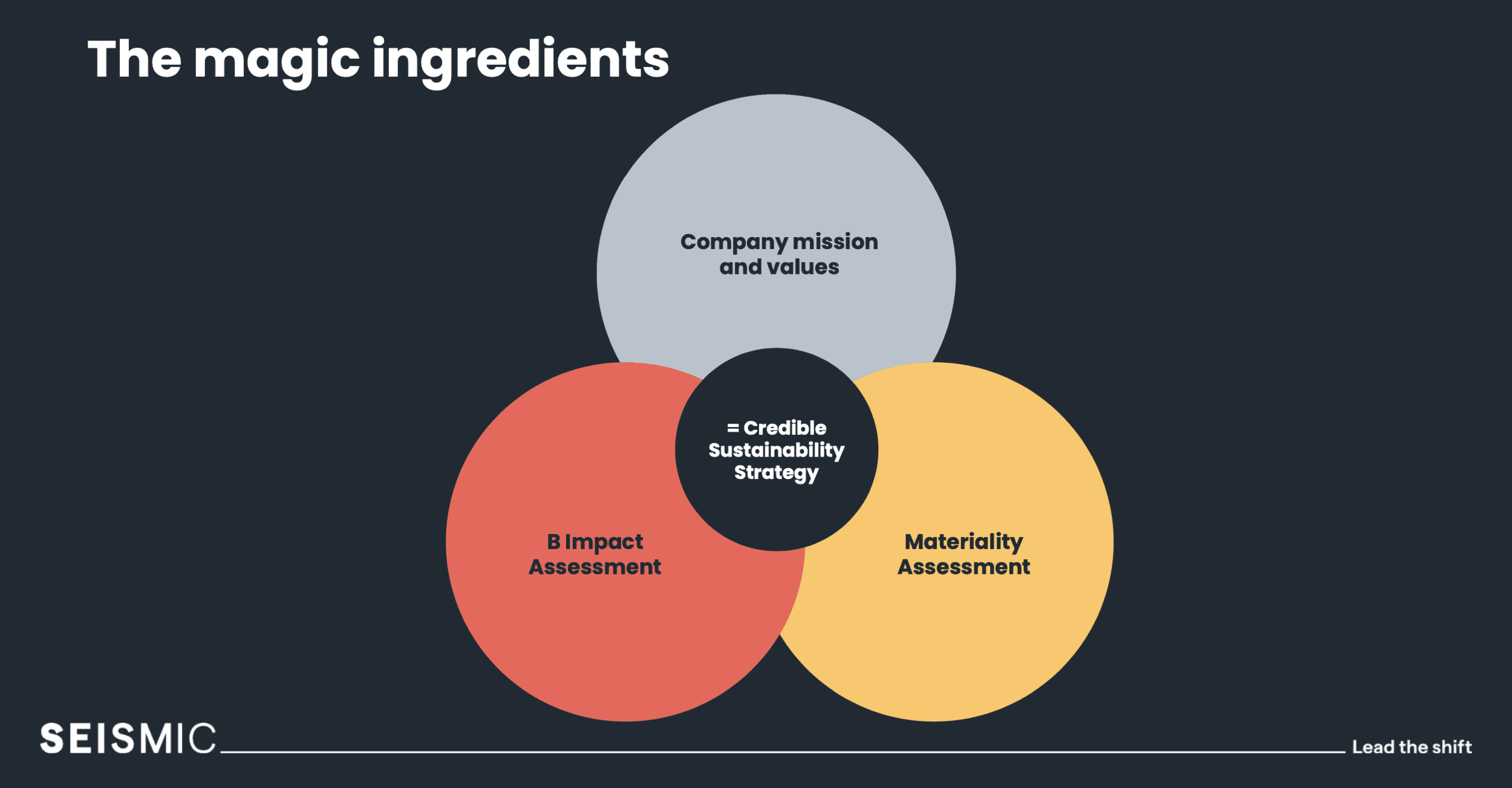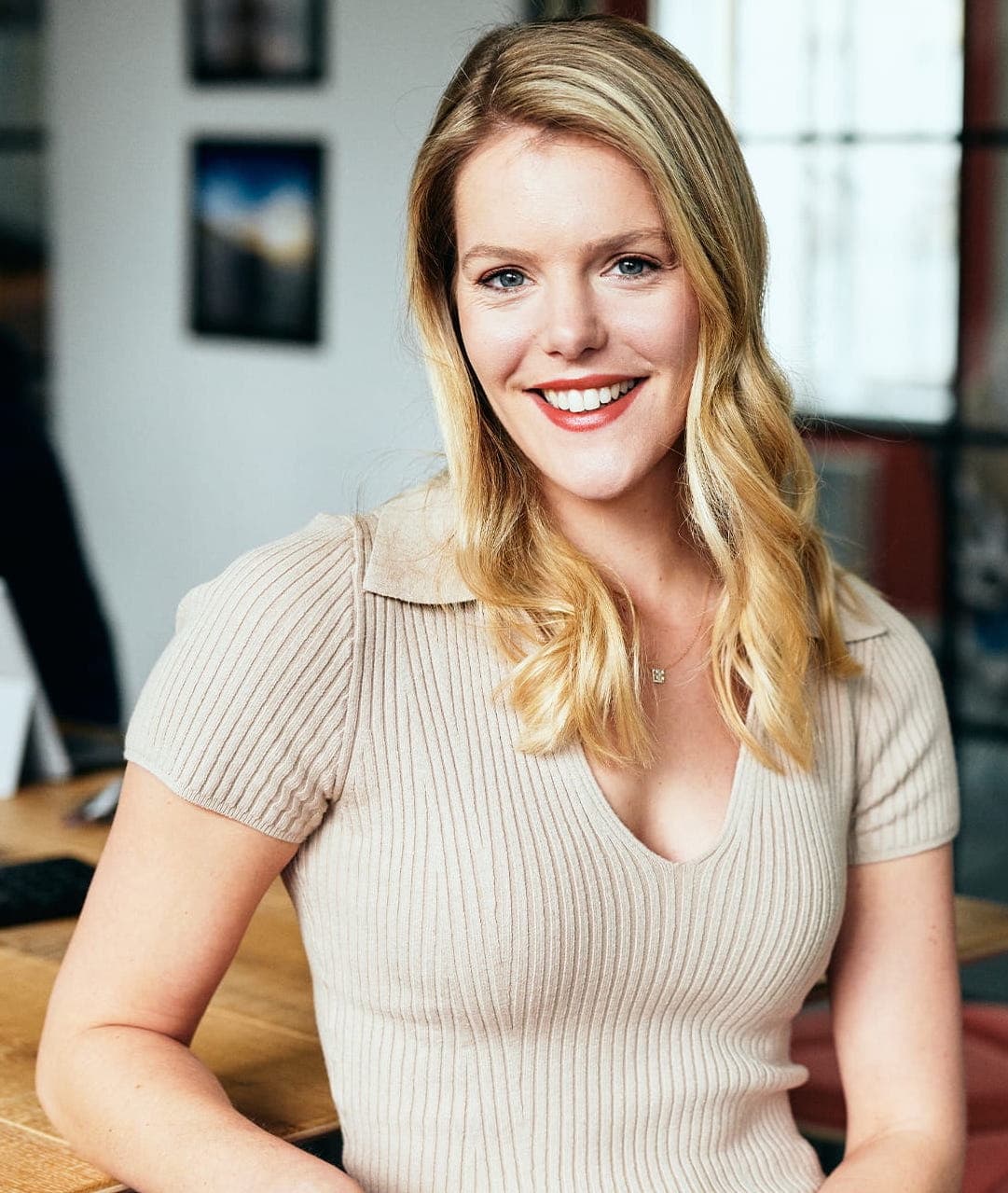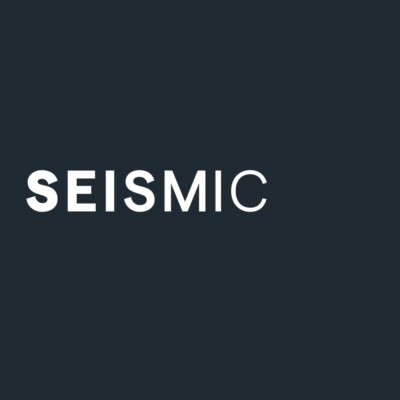How can your business make a positive impact if you don’t know what sustainability issues matter to your stakeholders? That’s where materiality assessment comes in. Learn the benefits behind this crucial tool, how it fits with your B Corp journey and pick up some practical tips for getting started…
Materiality in a nutshell
Simply put, materiality refers to what is important and relevant to your business. The definition might be simple, but materiality thinking can deliver big business benefits.

How does it fit with B Corp?
B Corp is more than just a certification; it’s a framework for ESG Strategy. At Seismic, we see B Corp as the most impactful framework for change to build your sustainability strategy. However, the B Impact Assessment (BIA), the online assessment tool at the heart of B Corp, doesn’t provide a holistic view of which ESG topics to prioritise and suggest a sequence to tackle them in. Our observation is that companies can go all the way through the B Corp process and celebrate achieving certification without understanding what is most important and relevant to them. While understanding the issues that matter will really help your B Corp journey, we also believe materiality thinking should be applied to your ESG journey whether or not you’re using the B Corp framework. To read more about how using these frameworks can help improve your business, visit our other B Corp blog here.
“The materiality assessment helps us to understand what’s important to your company, and what to focus on to achieve your business aims, create value for stakeholders, and boost your triple bottom line for the benefit of people, planet and the financial prosperity of your organisation.”
Measuring materiality
A ‘materiality assessment’ is an exercise that helps a business understand what sustainability issues are most important to internal and external stakeholders, and what they think the business should focus on. It’s a tool for strategy development. It will help with setting, communicating and reporting on goals relevant to your business and your stakeholders. It’s also key to the most widely recognised reporting standards, including the Global Reporting Initiative and the Sustainability Accounting Standards Board.
What are the wider benefits of a materiality assessment?
- Stakeholder insight
Better understand the opinions and concerns of stakeholders, and really bring them on your sustainability journey. - Find your focus
It really helps to know where to begin, and where you can have the biggest impact. What are you in a unique position to influence and address? What should you prioritise, and what’s on the horizon? - Inform strategy development and ensure good governance
Identify the risks and opportunities facing your business and ensure that your ESG strategy is informed, robust and ambitious, and that it is inclusive. - Make your comms meaningful
Develop communications that really hit home with stakeholders – and what you should be actively communicating. Get buy-in and justify resource allocation. - Bolster your BIA
Improve your B Corp score across the board by using the results to inform company mission, reporting and more.

Where to start
- Establish your goal
There’s no one-size-fits-all approach, so work backwards from your goal. - Shortlist issues
Create the shortlist of what you’ll measure and explore with stakeholders. - Identify and consult stakeholders
Map stakeholders and identify who you’ll engage and then use a mix of interviews, workshops, focus groups and surveys to gather their opinions - Analyse results
Draw up the materiality matrix and capture key insights in a report. - Address results
Turn your insights into actions. Use the results to set the direction, goals, and KPIs for your ESG action plan
Top tips for your materiality journey
- Start with a clear understanding of the information you’re looking for. How will you use the results? What hypotheses might you test?
- Involve key internal stakeholders from the beginning so that they understand and are engaged in the process from start to finish.
- Gather insights and information from a diverse group of stakeholders and seize the opportunity to give people from underrepresented groups a seat at the table.
- Draw on external support and experts, who can build a materiality matrix, and provide insights and recommendations.

Insights from Tenzing
Growth-focused investor Tenzing are partnering with Seismic on using the B Corp framework to structure their ESG journey. They are incorporating the materiality process into that. We spoke to Olivia Simpson, Head of Investor Relations and Strategy at Tenzing, to find out what they’ve learnt from the experience so far.
One of Tenzing’s starting points for their journey was that they have grown and changed as a business in a short space of time, and found an increasing need to define their purpose. “We wanted a common language that would help us to portray this,” said Olivia.
Tenzing also wanted to ask stakeholders what they thought about the business, and see where they could prioritise their activities, recognising that they couldn’t do everything.
That’s where materiality comes in. Seismic created a slimmed down materiality assessment, which resulted in a ‘heat map’ of the issues Tenzing employees cared about. Top of the list were topics that Tenzing had already been thinking about, such as engagement. “You can think about these things anecdotally but having the analysis that sits there behind it was really helpful for bringing it to life,” added Olivia. Tenzing are now widening the materiality assessment to management teams and investors, with surveys and interviews.
Olivia said the process has lent credibility, and helped foster engagement. “That feedback loop proving you’re listening to your stakeholders was really key.”
Tenzing didn’t want quick wins just, for example, to get a good score for B Corp. “That’s not really what you’re doing it for. You’re doing it to make a difference in the area that has the biggest impact for you.”
Tenzing want to make sure that their actions reflect what stakeholders care about, while balancing that with strong performance and returning on investments.
A top tip on the process? “Take time to prepare your stakeholders and ask them kindly and nicely to give it the adequate time.” That way, you’ll get a higher quality response.
How Seismic can help make the most of materiality for your business
We partner with organisations to make sure they take materiality into account in their ESG strategy. We can help you get started, create a materiality matrix with the issues that are most material to your company, and deliver insights and recommendations. Get in touch.

